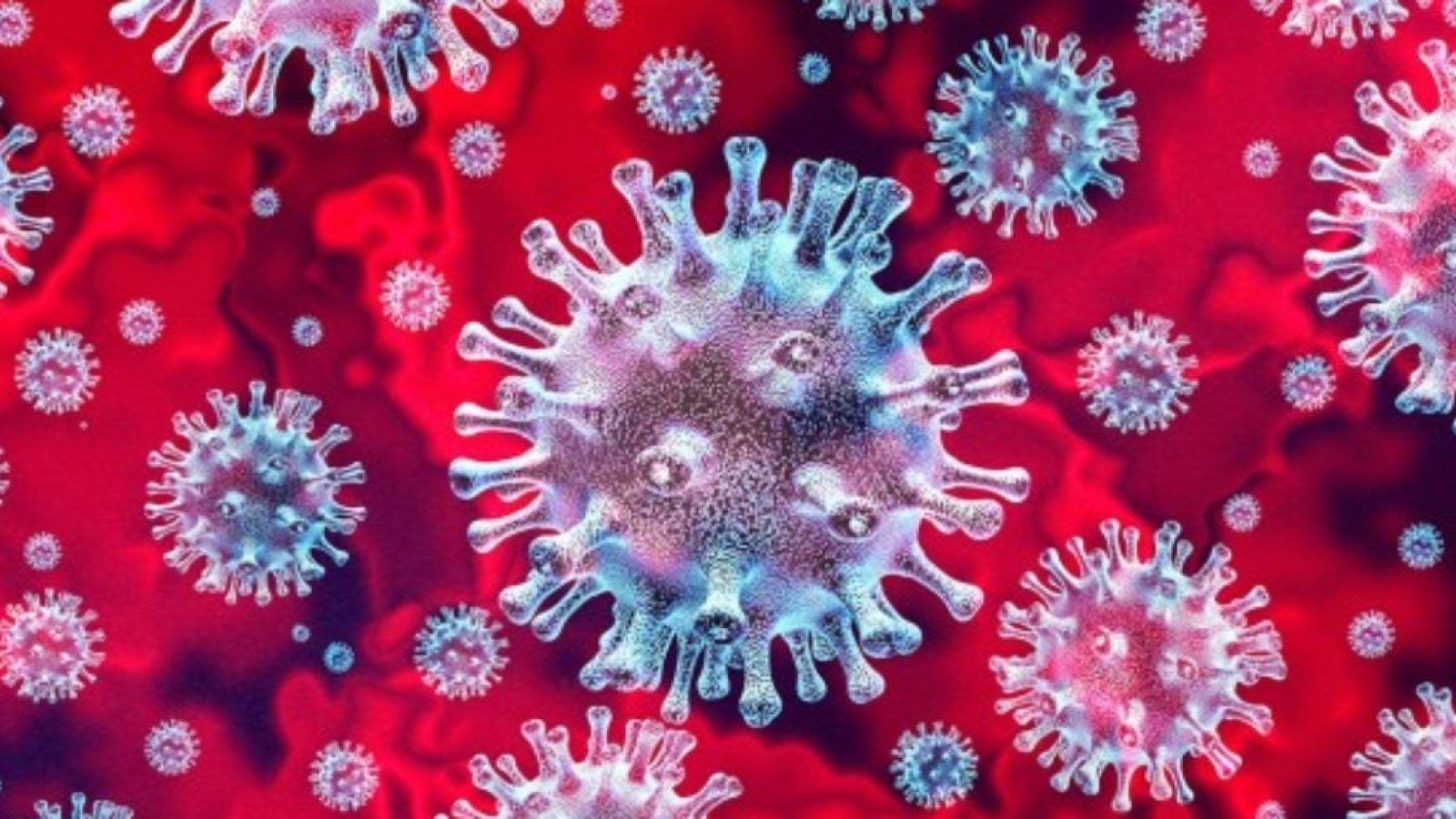Seems the government still wants to pretend it’s 2020.
So, the U.S. Department of Health and Human Services (HHS) just announced they’re flushing another $500 million down the drain on a COVID nasal spray and pill.
Another?
Yeah, they did the same last October. $500,000,000 for COVID nasal spray.
That’s $1 billion so far.
What do they have planned?
No one seems to have, if it existed at all, COVID anymore.
So why the constant pouring of money into this project?
What’s their goal?
Seems the government’s doubling down to ensure they spread this everywhere.
U.S. government to fund up to $500-million for studies on oral, nasal COVID vaccines https://t.co/peNkOKtDkw
— The Globe and Mail (@globeandmail) June 14, 2024
US government to fund up to $500 mln for studies on oral, nasal COVID vaccines https://t.co/wT1JhWZSwi pic.twitter.com/D9ojPsvZPi
— Reuters (@Reuters) June 14, 2024
Reuters reports:
June 13 (Reuters) – The U.S. Department of Health and Human Services (HHS) said on Thursday it will provide up to $500 million for mid-stage trials evaluating vaccines administered as a nasal spray or pill to protect against symptomatic COVID-19.The funding is part of Project NextGen, a $5 billion initiative led by the Biomedical Advanced Research and Development Authority (BARDA), to advance a pipeline of new, innovative vaccines and therapeutics providing broader and more durable protection against COVID-19 infection.BARDA, which helps companies develop medical supplies to address public health threats, is a part of HHS.The project is awarding up to $453 million to Vaxart (VXRT.O), opens new tab for a study that will evaluate its oral COVID vaccine. The company’s shares more than doubled to $1.78 after market.It is also awarding privately held Castlevax and Cyanvac around $34 million and $40 million, respectively, to develop their intranasal vaccine candidates.
In the future, some Covid-19 vaccines may not be jabs in the arm. They could be a nasal spray or even a patch on the skin. Those are just two examples of the kind of next-generation vaccine technology that federal health officials are hoping to help advance.
The US Department of Health and Human Services announced Friday that it has selected three initial next-generation vaccine candidates to receive funding awards to help kick-start planning for Phase 2b clinical trials, slated to begin as early as this winter. Two of those studies involve intranasal vaccine candidates, and one involves a self-amplifying mRNA vaccine candidate.
HHS announced more than $500 million in awards to help advance the development of potential vaccines and therapeutics, which includes those initial three vaccine candidates.
The funding – part of Project NextGen, a $5 billion government initiative to develop new and more durable Covid-19 vaccines and treatments – builds on the more than $1.4 billion that was awarded in August.
“It’s an opportunity to move the science forward,” said Dawn O’Connell, HHS’s assistant secretary for preparedness and response.
ADVERTISEMENT“While this is focused on Covid – and it should be as we look at this very unpredictable virus and try to stay ahead of it and try to get more durable and lasting immunity – the technology that we’re currently investing in, and are going to be announcing investments in, will be important in lots of different ways,” she added. “The ways in which we’re moving the science forward will be critical for future outbreaks of other diseases.”
The intranasal vaccine candidates are administered as sprays in the nostrils and have the potential to target viruses at the site of infections. One candidate is being developed by the Mount Sinai-affiliated company CastleVax, which was awarded $8.5 million. The other is by the New York-based biotechnology company Codagenix, which was awarded $10 million.
“We continue to look for ways to provide the most protection possible against this virus and so being able to stop it at the source of infection, within the nasal passage, would be a really important breakthrough for Covid, a respiratory virus,” O’Connell said, adding that providing a way to administer vaccine without the use of a prickly needle is an “appealing side benefit,” too.
Meanwhile, the self-amplifying mRNA vaccine candidate is administered as an injection and is being developed by the California-based biotechnology company Gritstone Bio, which was awarded $10 million.
According to Gritstone, unlike traditional mRNA, self-amplifying mRNA “has an inherent ability to replicate by creating copies of the original strand of RNA once it is in the cell.”
MRNA vaccines have proved successful in the nation’s fight against Covid-19, but the self-amplifying Gritstone vaccine candidate expresses additional antigens, said Robert Johnson, director of the medical countermeasures program at the Biomedical Advanced Research and Development Authority (BARDA).
An antigen is a substance that causes your immune system to make antibodies against it. Self-amplifying mRNA vaccines have been shown to enhance antigen expression at lower doses than conventional mRNA, making copies of itself at the cellular level.
“We think with these additional antigens, you have a good opportunity to get a broader response or response that lasts longer than the current vaccines,” Johnson said. “It’s self-amplifying, and what that really means is with that technology, the approach is that you need to use less of the vaccine to get an equal immune response.”
ADVERTISEMENTAlso in the works for the future is the potential study of vaccines administered through skin patches.



Join the conversation!
Please share your thoughts about this article below. We value your opinions, and would love to see you add to the discussion!